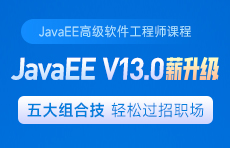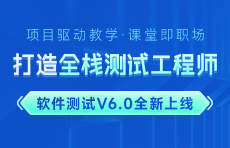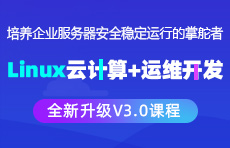怎样使用map-side预聚合shuffle操作?
更新时间:2024年01月19日11时43分 来源:传智教育 浏览次数:

在Hadoop MapReduce中,Map端预聚合(map-side aggregation)是一种通过在Map阶段对数据进行局部聚合以减少数据传输量的技术。这可以通过自定义Partitioner和Combiner来实现。下面是一个简单的步骤,说明如何使用Map端预聚合:
1.编写Combiner类:
Combiner是在Map任务本地执行的一个小型reduce操作,用于在数据传输到Reducer之前进行局部聚合。可以通过实现Reducer接口来编写自定义的Combiner。
public class MyCombiner extends Reducer<Text, IntWritable, Text, IntWritable> {
private IntWritable result = new IntWritable();
public void reduce(Text key, Iterable<IntWritable> values, Context context)
throws IOException, InterruptedException {
int sum = 0;
for (IntWritable val : values) {
sum += val.get();
}
result.set(sum);
context.write(key, result);
}
}
2.在驱动程序中设置Combiner:
在驱动程序中通过job.setCombinerClass()方法设置Combiner类。
job.setCombinerClass(MyCombiner.class);
3.调整Partitioner:
如果希望进一步优化,可以自定义Partitioner,确保相同的key会被分配到相同的Reducer。
job.setPartitionerClass(MyPartitioner.class);
4.调整输入数据格式:
在Map阶段输出键值对时,确保使用合适的数据类型,以便Combiner正确运行。在这个例子中,键是Text类型,值是IntWritable类型。
public class MyMapper extends Mapper<LongWritable, Text, Text, IntWritable> {
private final static IntWritable one = new IntWritable(1);
private Text word = new Text();
public void map(LongWritable key, Text value, Context context)
throws IOException, InterruptedException {
// Your map logic here
word.set("someKey");
context.write(word, one);
}
}
通过以上步骤,我们就能够在Map端进行预聚合操作。这样可以显著减少需要传输到Reducer的数据量,提高MapReduce任务的性能。需要注意的是,并非所有的情况都适合使用Combiner,因此在使用之前,最好先了解我们的数据和操作是否适合这种优化。


















 AI智能应用开发
AI智能应用开发 鸿蒙应用开发
鸿蒙应用开发 HTML&JS+前端
HTML&JS+前端 Python+大数据开发
Python+大数据开发 人工智能开发
人工智能开发 跨境电商
跨境电商 电商视觉设计
电商视觉设计 软件测试
软件测试 新媒体+短视频
新媒体+短视频 集成电路应用开发
集成电路应用开发 C/C++
C/C++ 狂野架构师
狂野架构师 IP短视频
IP短视频





















